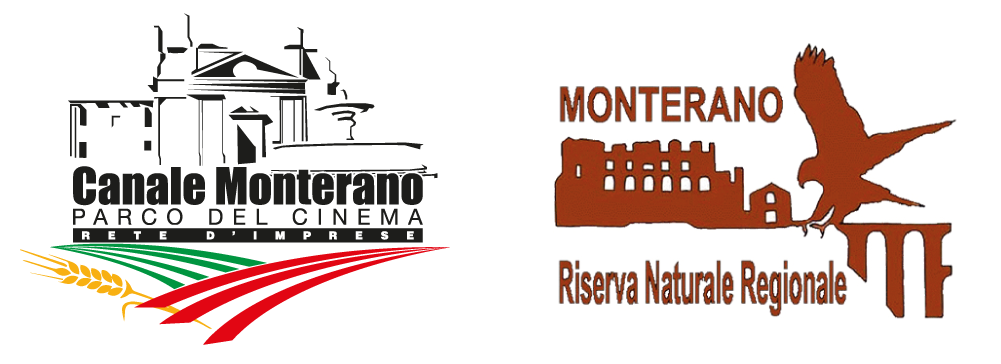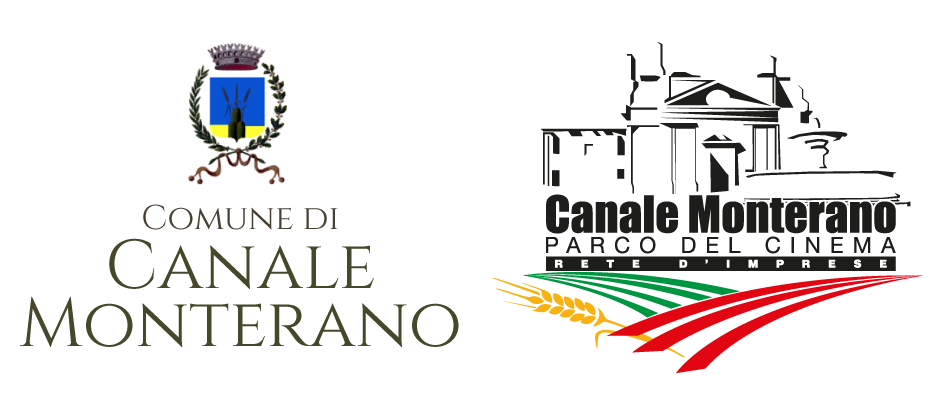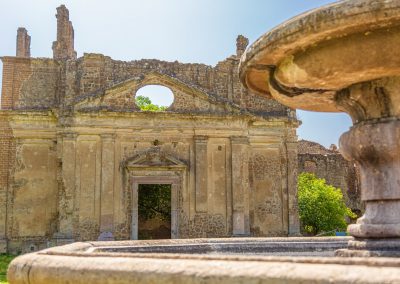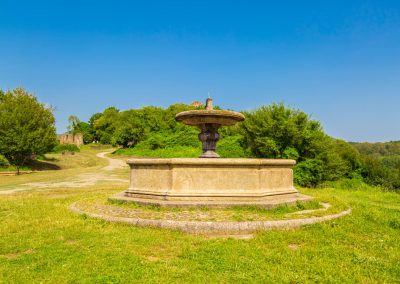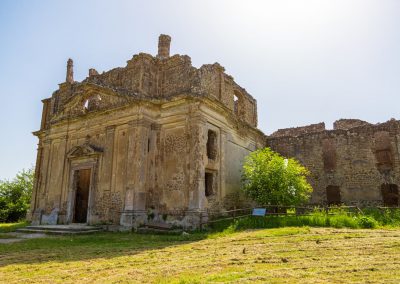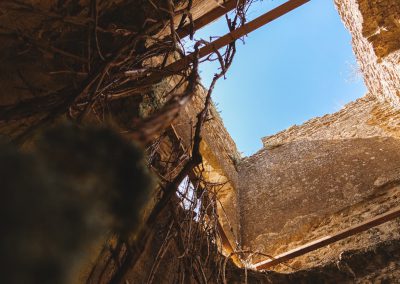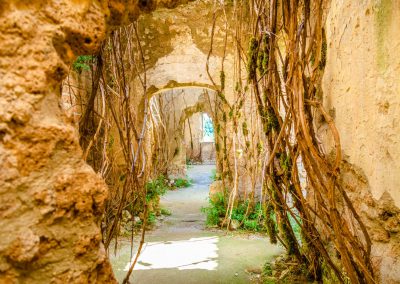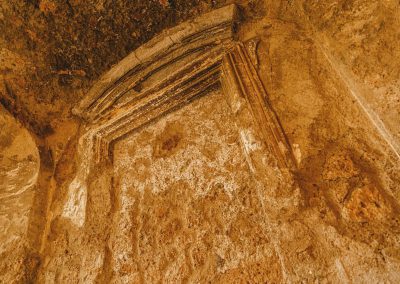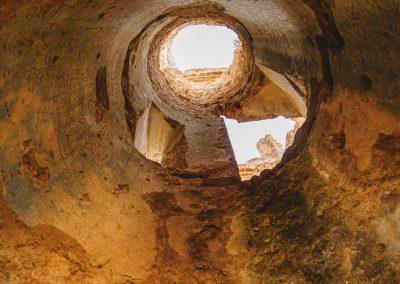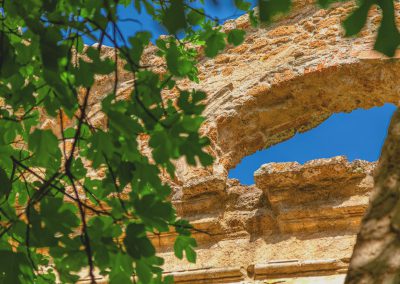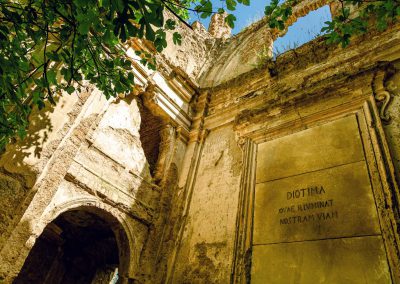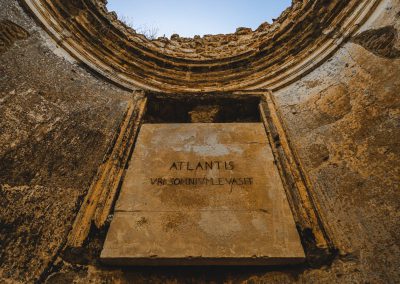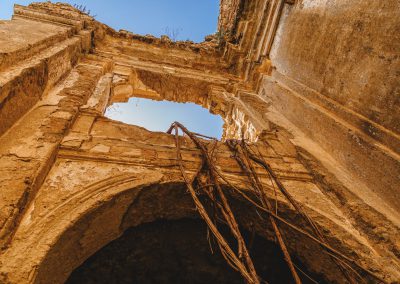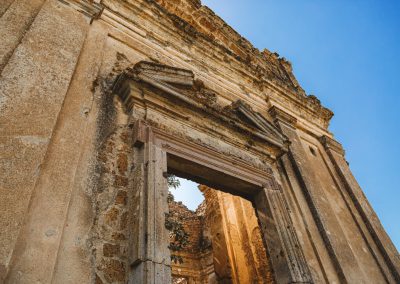Old Monterano: Bernini’s Fountain and Curch of Saint Bonaventure
Monterano lies on a tuff plateau, upon which the human presence is documented since prehistoric times, thanks to the discovery of various finds from as early as the Stone Age. Several studies identified considerable vestiges of the Etruscan civilisation right on the plateau, when Monterano was an important stronghold of the Lucumonia of Caere (today’s Cerveteri), enjoying a privileged controlling position over the upper basin of the Mignone River. Abandoned ever since, it once again experienced a moment of historical importance in the High Middle Ages, when it became the episcopal capital of a vast diocese extending from Lake Bracciano to the Tolfa Mountains. Subsequently, in the second half of the 17th century, Monterano was bought by the family members of Pope Clement X Altieri, who, thanks to the work of Gian Lorenzo Bernini, transformed the original settlement into a small Baroque capital, with splendid monuments that would be regarded as landmarks by following artists. The Church, the Monastery and the octagonal fountain of Saint Bonaventure date back to this phase, as well as the fountain of the Ducal Palace, surmounted by the statue of a Lion. The abandonment of Monterano dates back to the end of the 18th century, when, having already been devastated by malaria, it was a place of confrontation between the Pope’s supporters and the French Jacobins, protectors of the Roman Republic. The present fountain is a faithful reproduction, while the original stands in the Piazza del Municipio of Canale Monterano.
It was the location of numerous films, including Il Marchese del Grillo (The Marquis of Grillo), Ladyhawke, The Gospel according to Matthew, Maciste against the Headhunters, Brancaleone at the Crusades and 26 other films.
Interested in anything else?
Segui i nostri Canali Social
